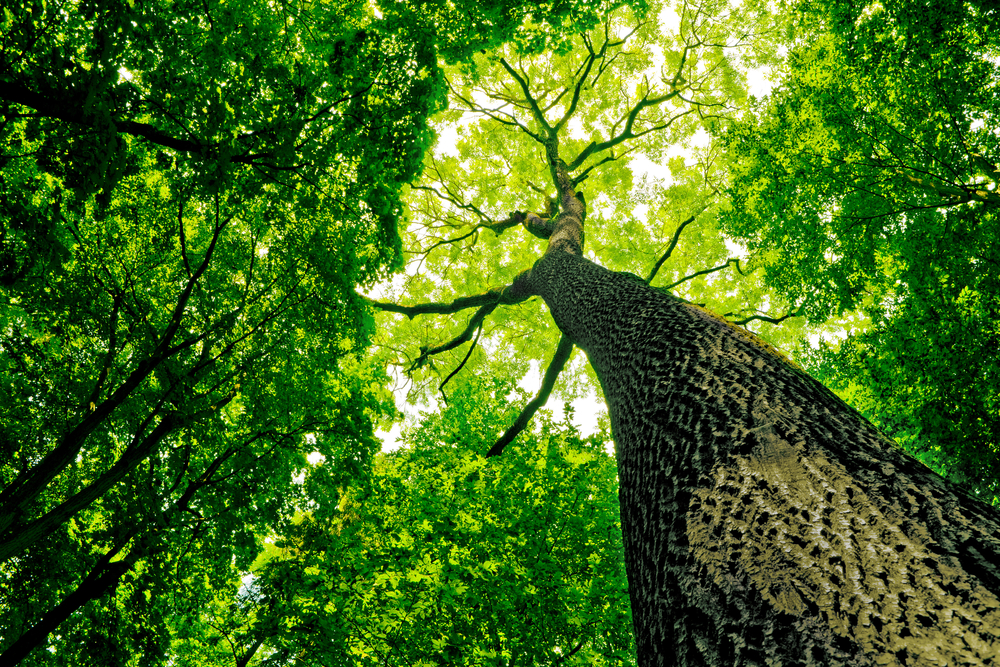Telling the future of water in southern forests

February 12, 2018
Technically, Altaf Arain, a professor in McMaster’s School of Geography and Earth Sciences and the director of the McMaster Centre for Climate Change, is a hydrometeorologist: specializing in water science and the environment, he researches how the water cycle affects the earth’s atmosphere and ecosystems, especially forests.
environment, he researches how the water cycle affects the earth’s atmosphere and ecosystems, especially forests.
He also works with climate models, which are computerized, mathematical representations of climate systems that can help predict how climate will behave in future given certain changes in atmospheric greenhouse gases.
That’s putting it simply. Arain’s research is anything but.
“You could call me anything, like a hydrometeorologist or climate scientist, because I look at water, carbon and energy exchanges between the atmosphere and the land surface,” he explains. “But really, you can’t separate these aspects of climate, because one affects the other. So we look at the water cycle, we look at the carbon cycle, we look at the energy cycle – they all have an impact on each other and the environment as a whole.”
The complex interaction of the elements that create climate and how they change over time forms the basis of Arain’s long-term research at McMaster and also of a new project that has recently received $500,000 from Global Water Futures (GWF), a water-research program led by Dr. John Pomeroy at the University of Saskatchewan.
Working with a multi-disciplinary team of researchers from McMaster, the University of Toronto and Brock University, and more than 10 collaborating organizations including government, conservation authorities and community organizations, Arain will investigate how forest ecosystems in southern Ontario and the Great Lakes region are affected by extreme weather events and climate change.
At the Turkey Point Observatory, which comprises four research stations, Arain and his team will use a range of methods, including micrometeorology, dendrochronology, stable isotopes and geophysical techniques, as well as remote sensing and drone technology, to assess how those forests affect the region’s water and carbon cycles and overall environment.
They will also explore what kind of effects future climatic change and extreme weather events might have on the growth and survival of the forests’ ecosystem, and how they can be managed to maximize their ability to sequester, or store, atmospheric carbon dioxide to help mitigate global warming.
This far-reaching interdisciplinary approach is necessary, explains Arain, to make sure the team’s assessment of the ecosystems and their resiliency to negative impacts of climate change is as complete as possible.
“A multi-disciplinary approach allows us to look at the system from different perspectives, using different techniques. Every technique has its own limitations, and its own merits and timeframe,” Arain says. “For example, meteorological measurements can provide detailed information about what is currently happening. Isotopic measurements can help reconstruct what happened in the past. Using both, we can look at the past, and monitor what’s happening currently. This can help us determine the link between the two and, potentially, predict what will happen in the future.”
That ability to determine the future of our climate is another key component of the GWF project. Arain’s research group is working on atmospheric and vegetation ecosystem processes to improve the Canadian Land Surface Scheme (CLASS) and the Canadian Terrestrial Ecosystem Model (CTEM), two key components of Canada’s global climate model. As well, his group works with Environment and Climate Change Canada and international climate networks to improve the predictive capabilities of climate models.
While climate change is a global issue, the effects are felt most keenly at the local and regional level – meaning Arain’s work has a more immediate purpose and international significance.
For instance, changes in southern forest ecosystems will have a direct impact on the water resources in the Great Lakes region. Containing approximately 22 per cent of the world’s freshwater, it is also home to slightly less than a quarter of the population of Canada as a whole, as well as roughly 10 per cent of the population of the united States – and, as such, is a major driver of the Canadian economy.
“The main goal of the GWF project is to ensure that our water resources and water quality are secure in the face of a changing climate,” Arain says. “Changes in the water cycle have immediate impacts of society in terms of quality of life, resources and the economy. In this project, the end goal is to gain knowledge, ensure water security for Canada and develop tools that can be used internationally for the benefit of society.”


